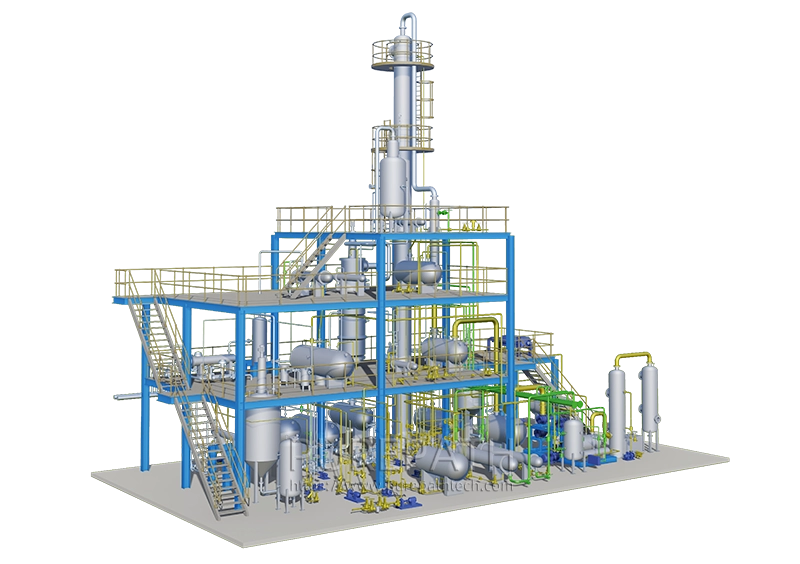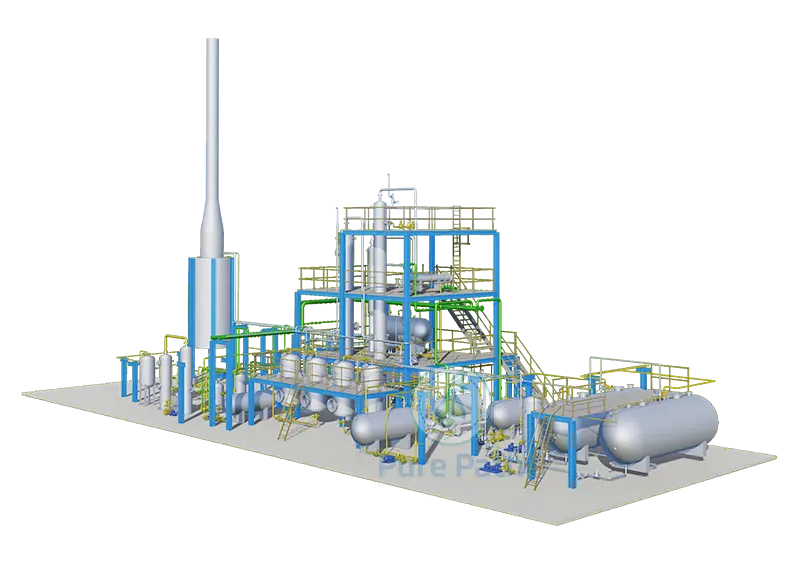Recycling and Refining Method of Waste Engine Oil
In a world grappling with environmental challenges, finding innovative ways to reduce waste and conserve resources is paramount. One such endeavor involves the revitalization of waste oil, a process that not only reduces environmental impact but also contributes to the conservation of valuable resources. This article explores the intricacies of waste engine oil recycling, delving into the techniques and steps involved in transforming discarded engine oil into a reusable and eco-friendly resource.
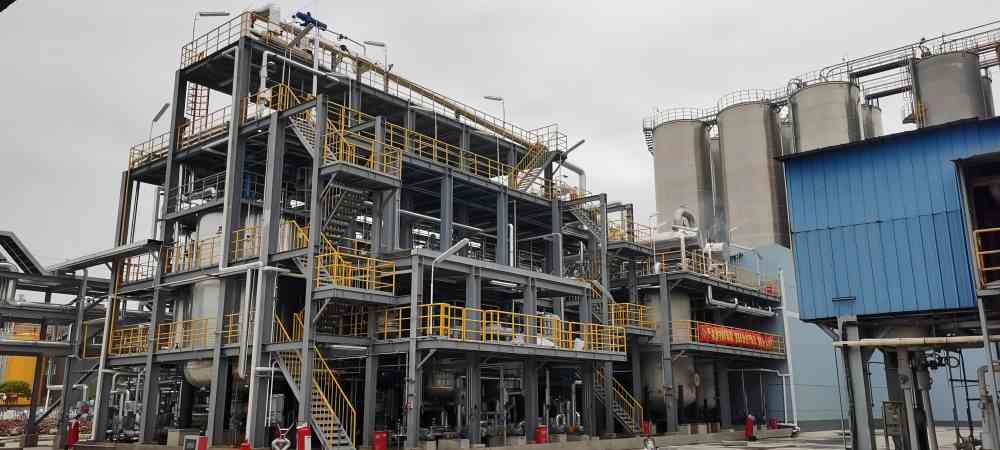
1. Precipitation and Separation: The Foundation of Recycling
The journey of waste oil recycling begins with a fundamental step: precipitation and separation. This technique capitalizes on the varying densities of components within the waste oil, allowing impurities to settle at the bottom while the oil rises to the top. The effectiveness of this process is greatly influenced by the quality of the oil and the temperature at which it is treated.
The correlation between temperature and viscosity plays a crucial role in the separation process. As the temperature rises, the viscosity of the oil decreases, making it easier for impurities to descend and settle. Consequently, the sedimentation time is shorter at higher temperatures. This principle underscores the importance of temperature control in ensuring efficient separation and optimal recycling outcomes.
2. Distillation: Unveiling the Hidden Potential
Once the waste oil has undergone a preliminary separation, it’s time to unveil its hidden potential through the process of distillation. In this phase, the precipitated waste oil is carefully transferred into a distillation flask, marking the commencement of an intricate transformation. The distillation apparatus comes into play, providing an avenue for atmospheric distillation.
During distillation, the waste oil undergoes a transformation that yields distinct fractions based on their boiling points. The first fraction, distilled up to 180°C, is gasoline – a valuable resource with numerous applications. The subsequent fraction, spanning 180°C to 360°C, yields diesel, a fuel vital for various industries and transportation systems. The remaining residue constitutes the reclaimed engine oil, a testament to the efficiency of the recycling process.
3. Acid Treatment: Eliminating Unwanted Impurities
The next phase in waste motor oil recycling involves acid treatment, a process designed to eliminate gel-like and asphalt-like impurities that have survived previous stages. This technique employs concentrated sulfuric acid, which is gradually added to the distilled motor oil while stirring. The interaction between sulfuric acid and impurities is a chemical ballet that leads to their neutralization and subsequent separation.
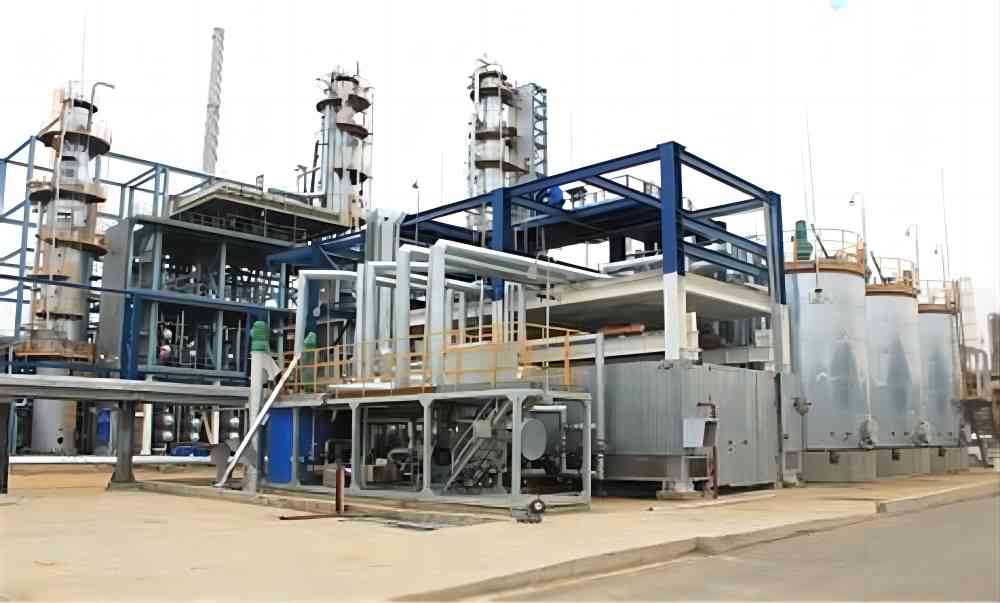
4. Alkali Settling: A Precise Touch
To address sulfonated impurities, the process of alkali settling is introduced. This technique leverages the properties of sodium hydroxide solution to expedite impurity separation. By adding a calculated amount of this solution, coagulation is induced, causing impurities to settle and enabling clear separation. The visual contrast between the upper, yellow-green oil layer and the absence of black particles highlights the efficacy of the process.
5. Alkali Wash: The Final Purity Touch
While alkali settling is instrumental in removing certain impurities, the alkali wash takes the process further by neutralizing organic acids and residual sulfuric acid. In this step, treated oil is heated and carefully mixed with sodium carbonate powder. The end result is an oil free from acidic residues, creating a cleaner and more stable base for further use.
6. Neutralization Test: Certifying Recycled Oil
Ensuring the quality and neutrality of the reclaimed oil is crucial for its intended applications. A neutralization test provides the final certification of the recycled engine oil. Two test tubes filled with distilled water are prepared, with phenolphthalein added to one and methyl orange to the other. The treated oil is added to both tubes and after a vigorous shake, unchanged water colors signify neutral oil. The transformation is complete when the oil turns clear, a testament to the successful recycling journey.
7. Filtration: The Finishing Touch
The last step in the waste oil recycling process involves filtration, a technique that ensures the purity of the revitalized oil. Using specially designed filters meant for industrial purposes, the oil is meticulously filtered. For domestically produced oil, multiple layers of cheesecloth are used, filtering the oil repeatedly to eliminate any remaining impurities. The end result is a high-quality reclaimed diesel fuel, ready for use in various industries and applications.
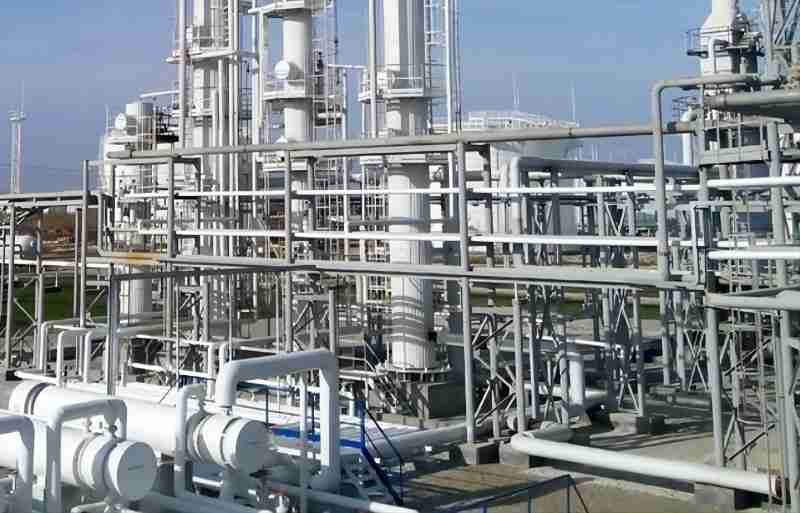
Conclusion: Redefining Resource Efficiency
The journey of waste oil recycling is an intricate dance of chemistry, physics, and innovation. Through a series of carefully orchestrated steps, discarded engine oil is transformed into a valuable resource, minimizing waste and preserving precious raw materials. This comprehensive process not only contributes to sustainable practices but also showcases the potential for recycling to redefine our approach to resource efficiency.
As we face increasing environmental concerns, embracing such innovative approaches to waste reduction becomes not just a choice but a responsibility. Waste oil recycling stands as a testament to human ingenuity, reminding us that even in the face of challenges, solutions that balance industry needs with environmental preservation are well within our reach.


